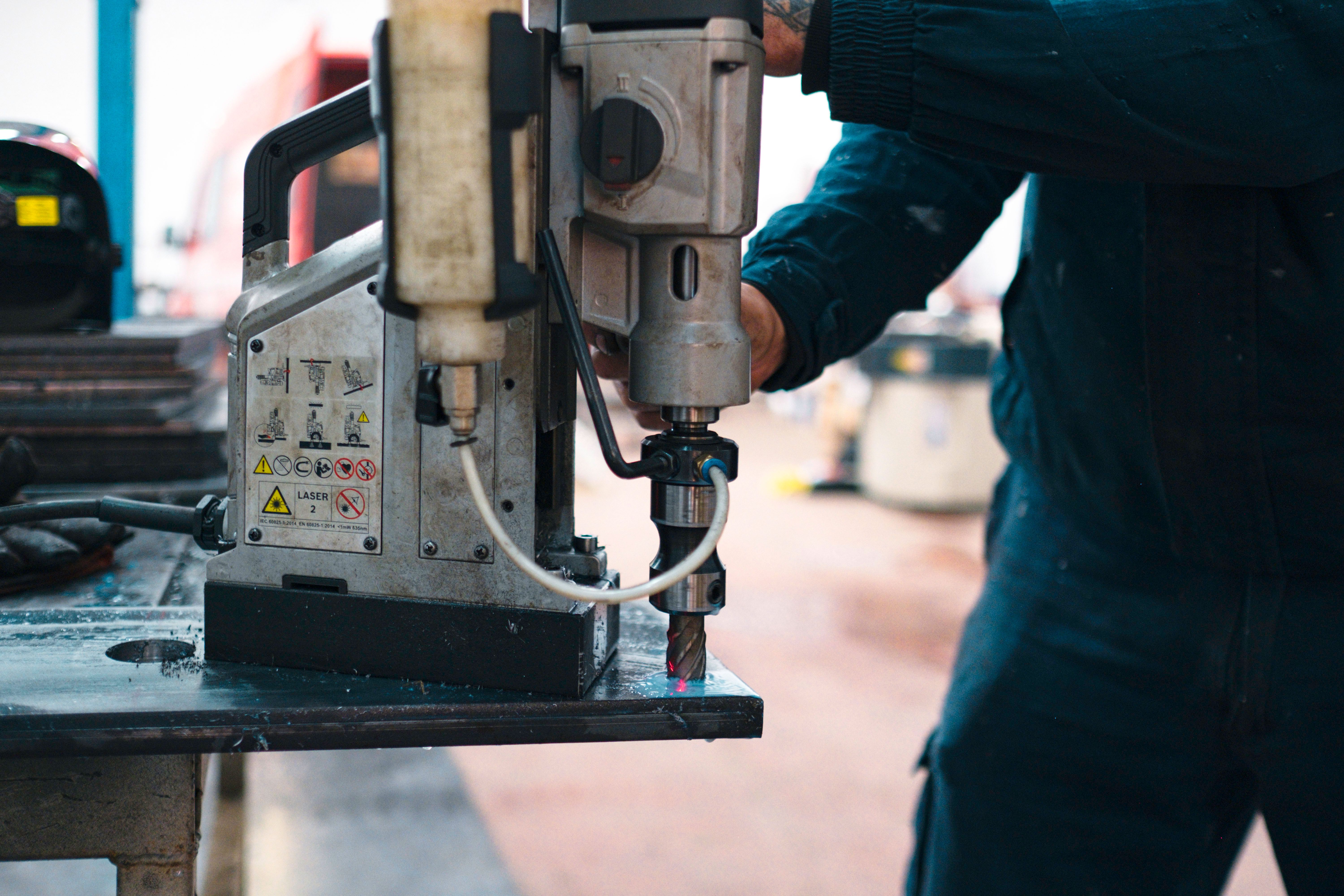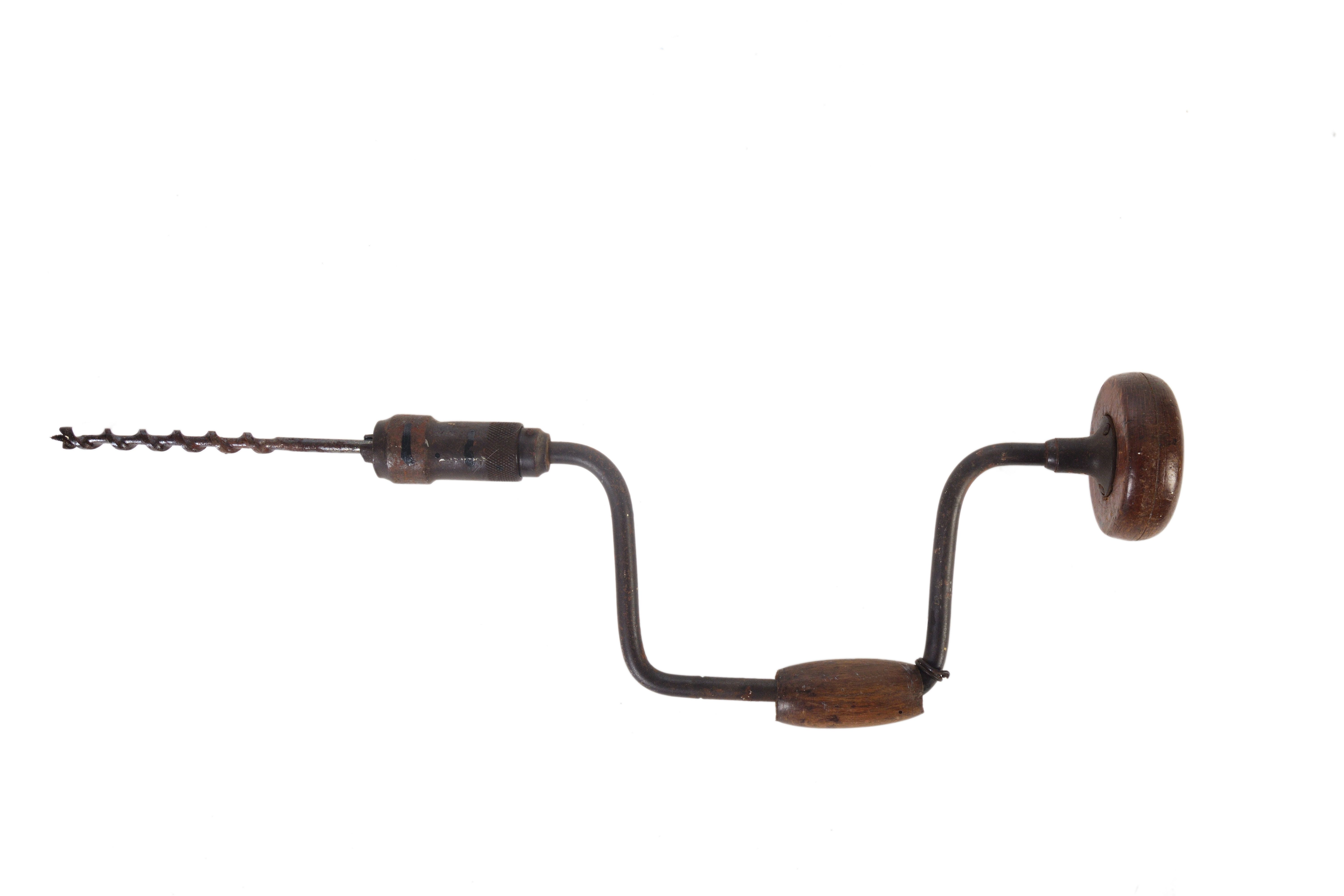Magnetic Drills vs. Traditional Drills: Key Differences
RR
Understanding Magnetic Drills
Magnetic drills, also known as mag drills, are specialized tools designed for heavy-duty drilling tasks, particularly in metalworking. These drills are equipped with a powerful electromagnetic base that allows them to adhere securely to ferrous metal surfaces. This unique feature makes them indispensable in industrial settings where precision and stability are crucial.
Unlike traditional drills, magnetic drills are often used for drilling large holes with precision in steel structures, such as beams and columns. Their design allows them to be used in both horizontal and vertical orientations, making them versatile for various applications. The portability of magnetic drills also enables users to execute tasks in challenging locations with ease.

The Mechanics of Traditional Drills
Traditional drills are the most common type of drill found in both professional and home workshops. They are typically handheld and come in various sizes and power levels to suit different tasks. These drills are versatile and can be used for drilling into wood, plastic, and even metal, although they lack the magnetic base feature of mag drills.
When it comes to design, traditional drills can be corded or cordless, offering flexibility depending on the user's needs. While they are excellent for general-purpose tasks, traditional drills may not provide the same level of precision or stability as magnetic drills when working with large metal structures.
Key Differences in Performance
The primary difference between magnetic drills and traditional drills lies in their performance capabilities. Magnetic drills are tailored for industrial use where accuracy and stability are paramount. Their built-in electromagnet allows them to cling steadfastly to metal surfaces, minimizing the risk of slippage during operation. This is particularly beneficial when working on vertical or overhead surfaces.
In contrast, traditional drills rely on manual pressure and steadiness from the operator to maintain contact with the work surface. While they offer more versatility in terms of materials they can drill into, they may not achieve the same precision level when compared to magnetic drills in metalworking scenarios.

Applications and Use Cases
Magnetic drills are predominantly used in construction and manufacturing industries where drilling into steel is a frequent task. They are ideal for creating clean, precise holes required in structural steel work, shipbuilding, and bridge construction. Their capability to operate in tight spaces and at unusual angles further extends their usability.
On the other hand, traditional drills are suitable for a wide range of applications, including carpentry, plumbing, electrical work, and general home improvement projects. Their adaptability makes them a staple in most toolkits, offering convenience for everyday drilling tasks.
Choosing the Right Tool for the Job
When deciding between a magnetic drill and a traditional drill, it is essential to consider the specific requirements of your project. For tasks that demand high precision in metalworking, a magnetic drill is the superior choice due to its stability and accuracy.
If your needs are more varied and include working with different materials around the house or workshop, a traditional drill provides greater versatility. It also offers a more cost-effective solution for general drilling tasks without the need for specialized equipment.

Cost Considerations
The cost difference between magnetic drills and traditional drills can be significant. Magnetic drills tend to be more expensive due to their specialized nature and advanced features like the electromagnetic base. This investment is often justified by professionals who require precision in industrial applications.
Traditional drills come at a range of price points, making them accessible to a broader audience. They offer a practical solution for homeowners and DIY enthusiasts looking to complete everyday tasks without breaking the bank.
Conclusion
Ultimately, the choice between magnetic drills and traditional drills boils down to specific use cases and project demands. Both tools have their place in the toolkit of professionals and hobbyists alike, each offering unique advantages that cater to particular needs.
By considering factors such as application requirements, performance expectations, and budget constraints, users can make informed decisions that enhance their productivity and ensure successful project outcomes.